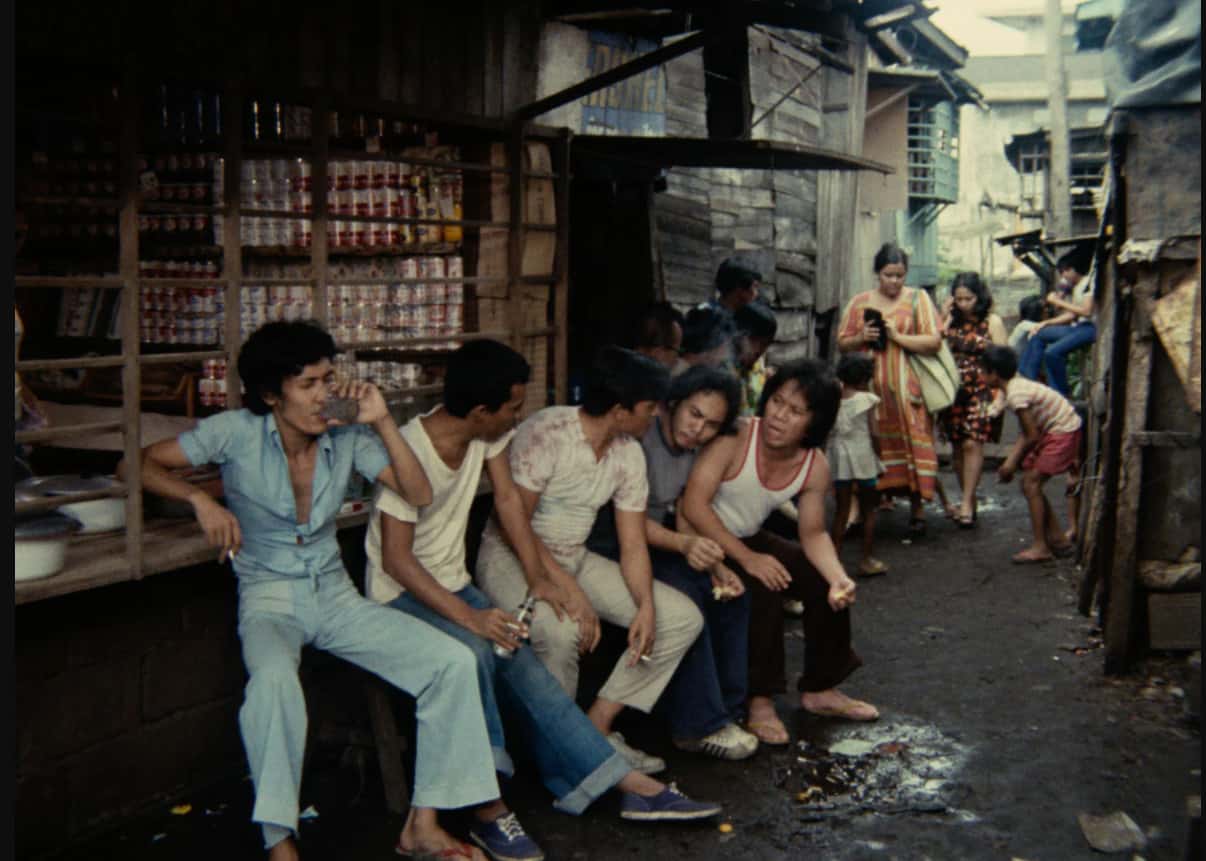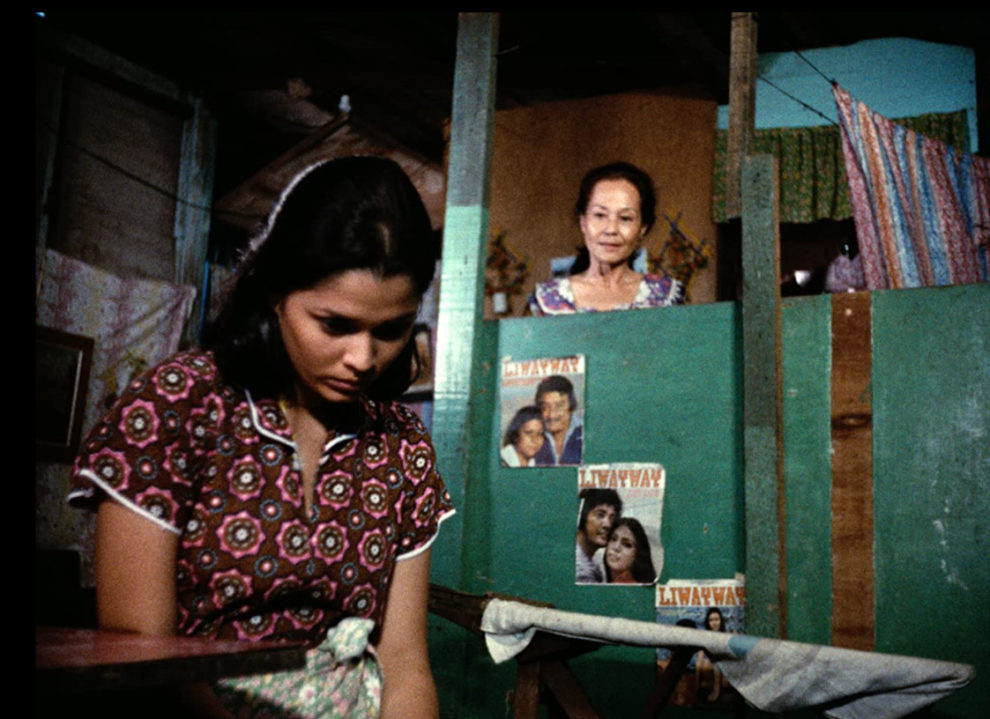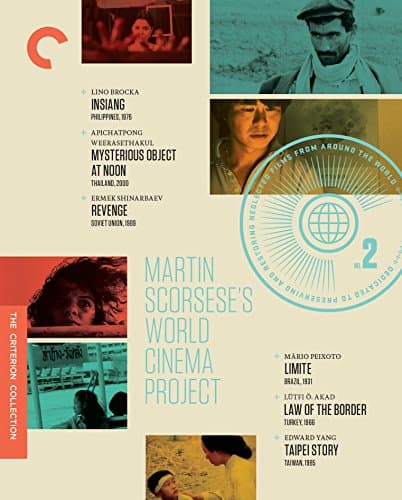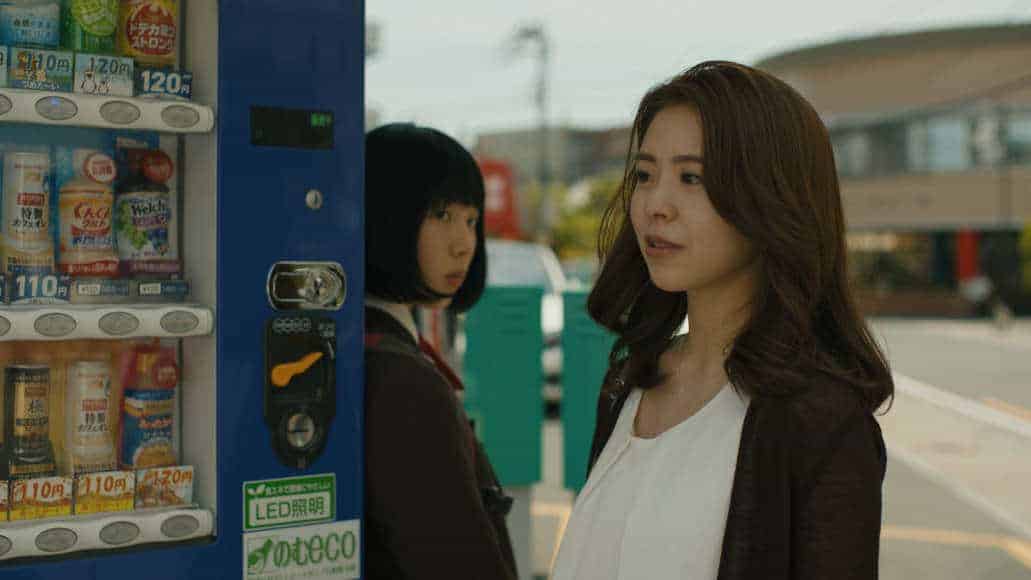“Insiang” is a landmark for Filipino cinema. It was the first film to be shown at the Cannes Film Festival, the first to be shot in the slums of Tondo, in Manila, while in 2015, Martin Scorsese's The Film Foundation picked it for restoration, with the new version playing again in Cannes among a number of other festivals. Furthermore, Lamberto Antonio (occasionally mentioned as the Philippine Salvatore Quasimodo), one of the scriptwriters is considered one of the best Filipino poets, while Mario O'Hara, the other one, was also a successful director who directed a theater version of the film some years later (info courtesy of Khavn).
Buy This Title
Poverty, misery, drunkenness, and gambling rule the shanty town of Tondo, where people barely make a living through mostly odd jobs. Insiang is one of the few exceptions of true beauty in this setting, although her life is by no means easier due to the fact. Her father has left them, leaving his sister and her family behind, an act that has made Insiang's mother, Tonya, rather bitter and essentially unbearable. Tonya exploits Insiang, taking all the money she earns from laundering clothes and spending them either gambling or with her boyfriend, Dado, a local butcher who is also the main bully of the area. Furthermore, when Tonya kicks out her sister-in-law's family, she brings him to stay in the house, a tactic that brings even more strain to Insiang, even more so since her boyfriend, car mechanic Bebot, has been repeatedly bullied by Dado. On a fateful night, Dado rapes Insiang and furthermore, Bebot seems to be scared to take her away, while her mother is, once more, unable to resist Dado's pleading, even after learning of his deed, ending up accusing her daughter for what happened. Insiang decides to take revenge on everybody, in the cruelest of ways.
Lino Brocka directs a genuine melodrama, which, however, is not characterized by the usual effort at forced sentimentalism, since the drama here derives from realism, and particularly through the urban poverty that is the main element of the narrative. In that regard, the presentation of life in the Manila slums is utterly realistic, with Brocka highlighting it both as a general setting and through a number of details. The small convenience store where the clerk/owner is protected by bars, people bathing in the streets and peeing in just a corner of the room of their run-down houses, the pigs butchered in the beginning, the alcoholism that seems to be everywhere, the constant gossiping in an area which seems to have no walls, all paint the picture of the setting in the most eloquent fashion. Conrado Baltazar's cinematography has captured all these images while communicating the sense of claustrophobia that seems to derive from both reality and the psychology of the protagonist quite artfully, in one of the film's best assets.
This setting also serves another purpose: of highlighting how different from everybody Insiang is, with her beauty shining even more brightly through all the dirt and misery, while making the despicable behaviour of everyone around her, even more appalling. Baltazar's camera seems in love with her and particularly her eyes, which Hilda Coronel mostly uses to communicate the various statuses she exhibits, that range from despair to violent resolve. Particularly her transformation from an innocent, helpless girl to a genuine femme fatale is exceptional and one of the anchors of the movie, with the scene in the prison cementing the fact in the most direct way.
In general, the acting is on a very high level, even if the lines of most of the protagonists are not that many. Rez Cortez as Bebot highlights his teenage mentality, as he wants to have sex with Insiang but is not willing to protect her against Dado, since it becomes obvious how afraid he is of him. Ruel Vernal in the latter role is exceptional as the man who knows the impact his appearance has on women and his power on men, and is willing to exploit both as much as he can. The one who steals the show with the most vocal performance is Mona Lisa as Tonya, who makes an impressive villain as a woman filled with bitterness who has come to hate her own daughter because she reminds her that her husband abandoned her. Her constant yelling and harsh behaviour function as a very fitting soundtrack for both the setting and the story. Mona Lisa is also the main source of one of the key elements of the narrative, jealousy, while Insiang of the second, revenge. In that regard, their chemistry and the way it is implemented into the narrative is another of the movie's biggest traits and a testament to Brocka's directorial abilities.

Lastly, Augusto Salvador's editing induces the movie with a relative fast pace, that manages to keep the aesthetics somewhere between the art-house and the mainstream, perhaps somewhat lingering towards the latter.
“Insiang” is a masterpiece, a film that truly highlights how melodrama can be a work of high art and not just a tearjerker.
















